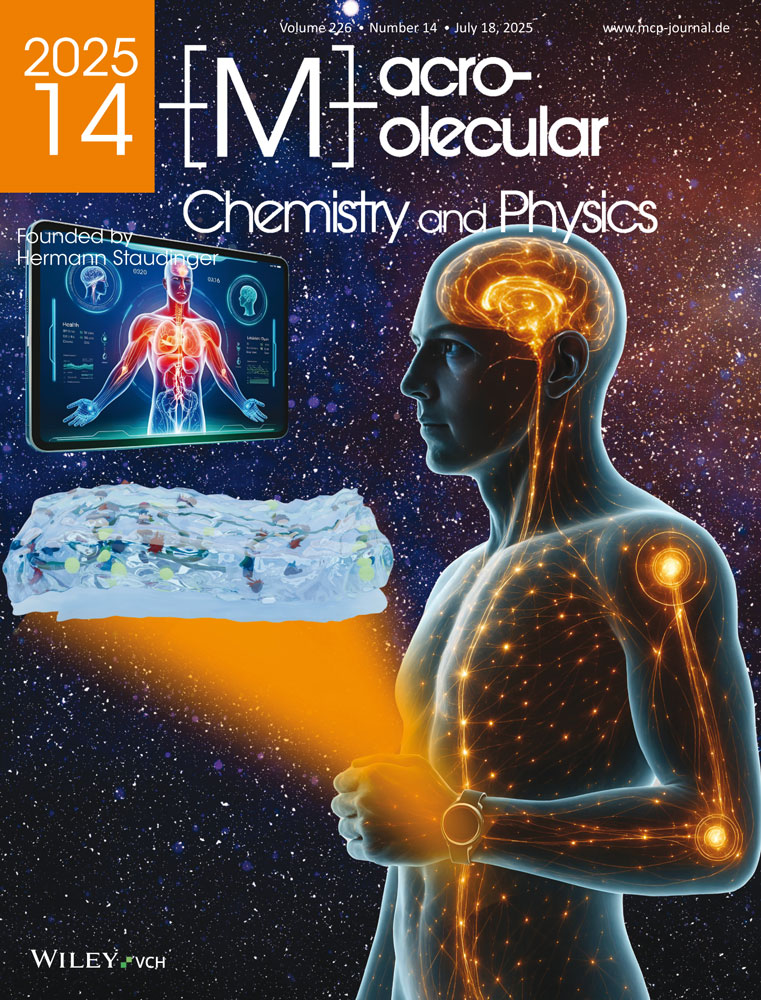Thermoreversible gel formation in poly(ethylene terephthalate)/epoxy resin solutions
Abstract
The thermoreversible gelation of solutions of poly(ethylene terephthalate) (PET) in liquid diglycidyl ether of bisphenol-A epoxy resin has been investigated. The critical polymer concentration for gel formation is 10 wt.-%. The solutions were found to solidify rapidly into gels on cooling. Polarized light microscopy (PLM) and small-angle light scattering (SALS) studies showed that these gels contain many large, regular PET spherulites. The gels in this system may be formed according to two consecutive processes: first the liquid-liquid phase separation, and second the crystallization of PET in polymer-rich domains. Hence, gelation occurs by formation of a three-dimensional PET network in the epoxy solvent, where the nodes of the network are PET spherulites.




